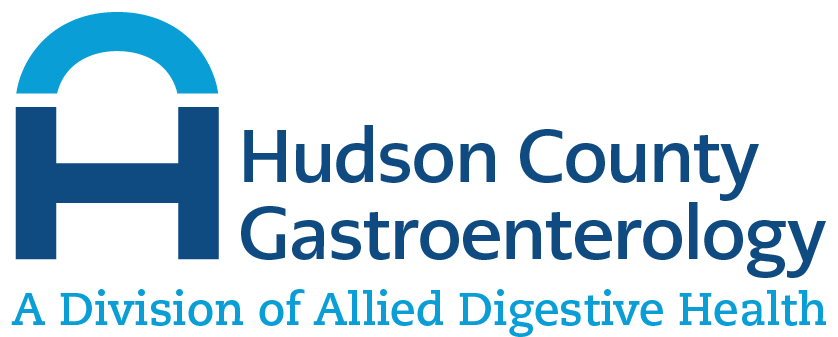This disease is caused by excess accumulation of fat in the liver of patients who drink little or no alcohol. For most patients, this is a benign condition and does not lead to any serious liver damage. But in a minority of patients, the fat accumulation causes inflammation and scarring of the liver (non-alcoholic steatohepatitis), which can ultimately lead to other liver diseases such as cirrhosis, liver failure, and primary liver cancer (hepatocellular carcinoma).
Non-alcoholic fatty liver disease (NAFLD) does not usually cause any symptoms, but some patients can experience fatigue or right upper quadrant pain. Only when the disease leads to cirrhosis or liver failure would patients experience other symptoms (jaundice, fluid retention, weight loss) related to these latter disorders. Risk factors for fatty liver disease include obesity, diabetes mellitus, high blood pressure, high cholesterol or high triglycerides, metabolic syndrome, rapid weight loss, and certain medications. Performing blood tests, particularly assessing liver function and imaging studies of the liver via ultrasound, CT scan, or MRI scan can aid in the diagnosis of NAFLD. Obtaining a sample of liver tissue via a liver biopsy is used to not only confirm the diagnosis of non-alcoholic fatty liver disease but also to determine if there is any inflammation or scarring of the liver occurring.
There is no specific treatment yet that works for all patients with NAFLD. Some measures include controlling or eliminating risk factors such as losing weight if one is obese or withdrawing medications that can cause excess fat accumulation.

